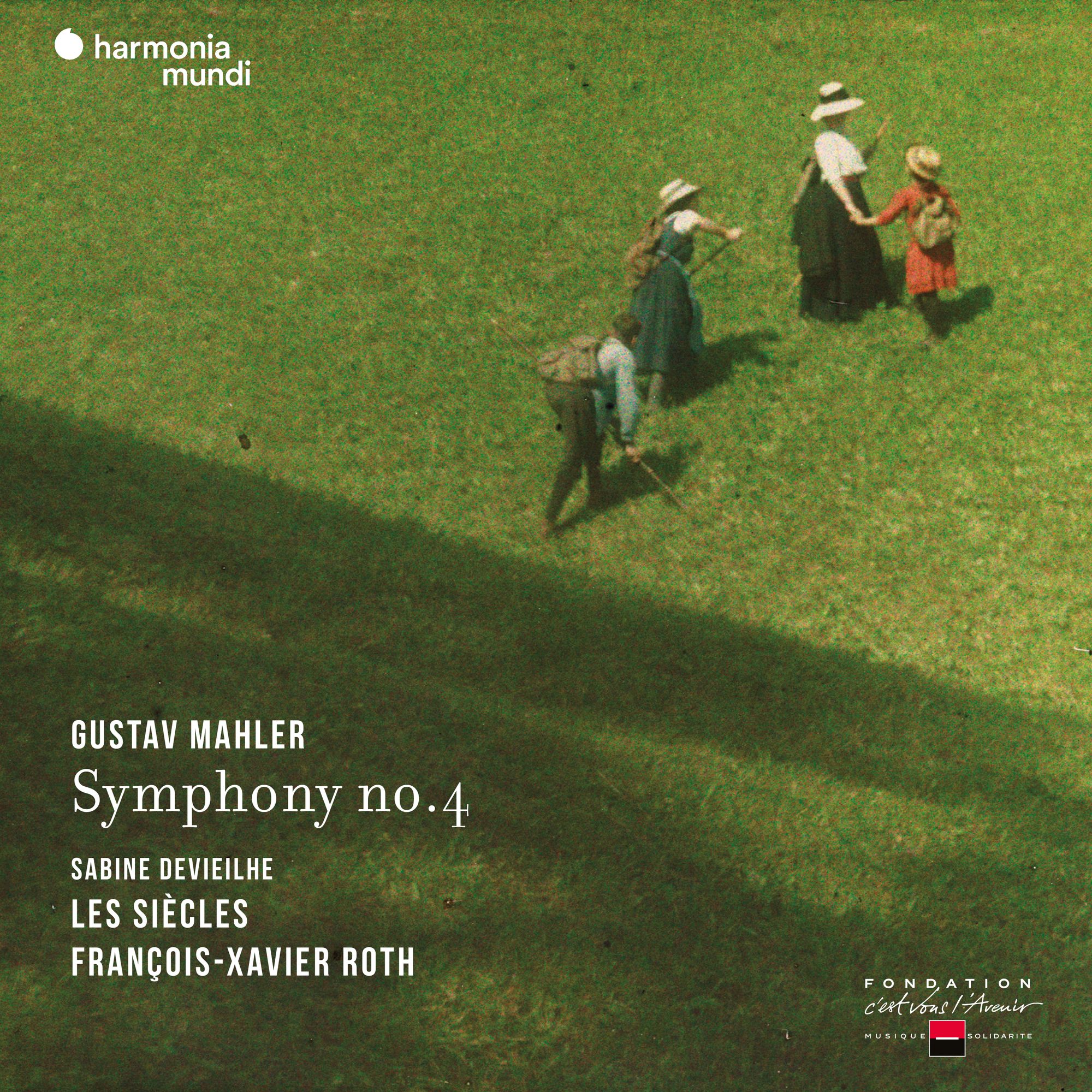Mahler's Fourth Symphony revealed anew
François-Xavier Roth’s sterling restoration work with Les Sièces continues with Mahler

François-Xavier Roth’s sterling restoration work with Les Sièces continues with Mahler: we previously met them in Stravinsky and his Ballets russes. Hearing Mahler - even in his most Classicising mode, the Fourth Symphony - with a smaller orchestra than what we are used to and with period instruments is revelatory. Anyone who has played in a Mahler symphony will know the level of detail in the score, most notoriously in the tempo and expression markings, but also in the various lines that often get subsumed into the overall texture. Here, there is one of the latter: everything, but everything is clear.
The Fourth Symphony famously ends with a setting from the folklore collection Des Knaben Wunderhorn (we met it in Boulez's hands); but with Roth we hear the childlike fantastical element throughout the first movement, right from the bell-encrusted opening. Which makes its climaxes all the more thrilling - in the context of the innocence of childhood, allthe more frightening:
The climax loses not one jot of power with the smaller forces, but just listen to the tissue of strings around the horn solos towards the movement's end ...
The scordatura violin (tuned a whole tone higher, so the strings are A-E-B-F sharp instead of G-D-A-E) seems even more - well - weird here. Destabilising, certainly, and certainly indicating that there are deeper layers to this symphony:
It is, for me at least, the third movement that is truly revelatory. The pace Roth chooses moves nicely, but there is no lack of depth. There is an added layer of wonder though, as if one is looking around at a magnificent, magical vista. This might be a good point to stop and consider differences between Roth's approach and more traditionalist, more upholstered takes. Again, notice how Roth's climax retains full power. I will juxtapose it with Leonard Bernstein’s late Concertgebouw/DG recordings as I remember at the time one of my lecturers, who heard Benstein live in this piece (this is the 1980s), saying he was surprised people weren’t setrtchered out such was the emotive weight. And yet the timings of Roth and Bernstein are similar ... :
The Harmonia Mundi recording is superb, the climaxes relentless (expecially that at around 17 minutes). The use of antiphonal violins - violins 1 and 2 placed on either side of the conductor - works brilliantly in Mahler’s music, and seems particularly effective on headphones.
With the final woodwind and flutes ringing in our ears, Mahelr and Roth transport us to the Heavenly plains. A clarinet steals in and it is the magnificent Sabine Devieilhe who sings with a brilliantly pure voice (click here for text and translation). Roth ensures the music moves and that Mahler’s effects make their mark (try the passage about St Luke and the ox); and just listen to the legato from both sunger and the orchestra at “Sankt Martha die Köchin muß sein”.
Interestingly, some of the scoring that sounds difficult on modern orchestra (low oboes, for example) doesn't here; and the final reference to music (“Kein' Musik ist ja nicht auf Erden, Die unsrer verglichen kann werden”; “There is just no music on earth that can compare to ours”) is truly transcendental, all achieved with a minumum of exageration:
Another contrast: Lorin Maazel and the Vienna Philharmonic, originally on CBS, more indulgent but worth hearing for the astonishing Kathleen Battle:
A magnificent release. It’s not just the cleansing of the textures that is important here: Mahler’s symphony emerges as powerfully as ever, but we hear it anew.
At the time of writing the price is discounted by 16% at the Amazon link below:
